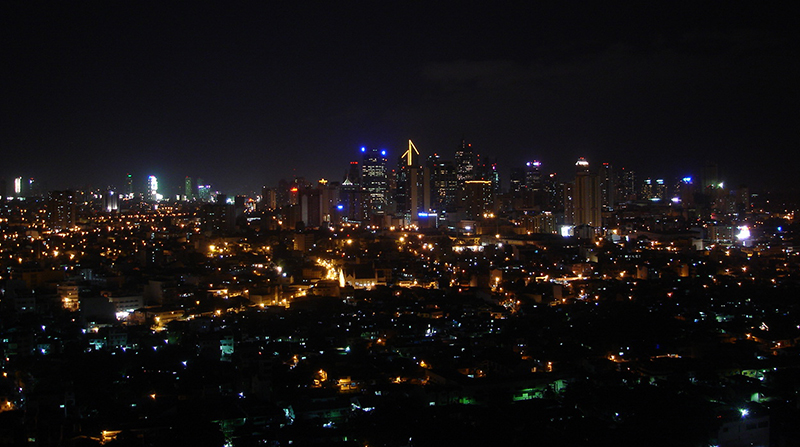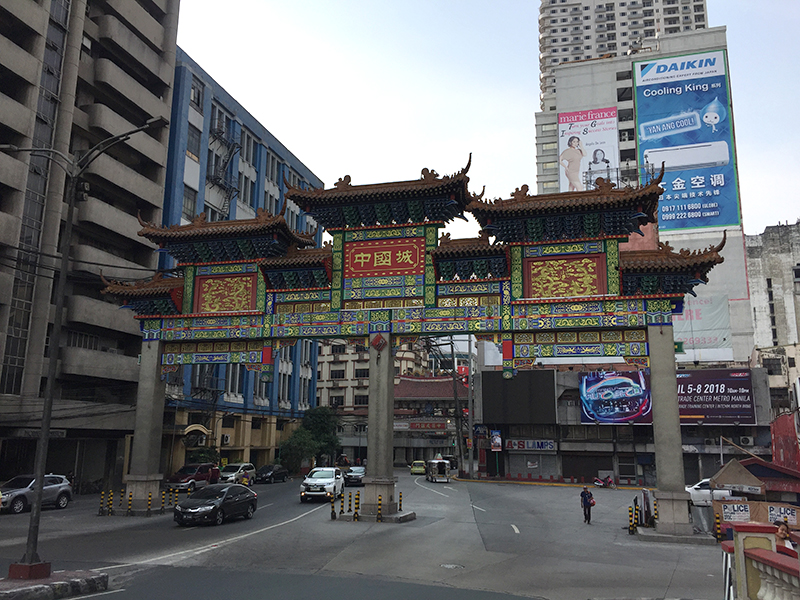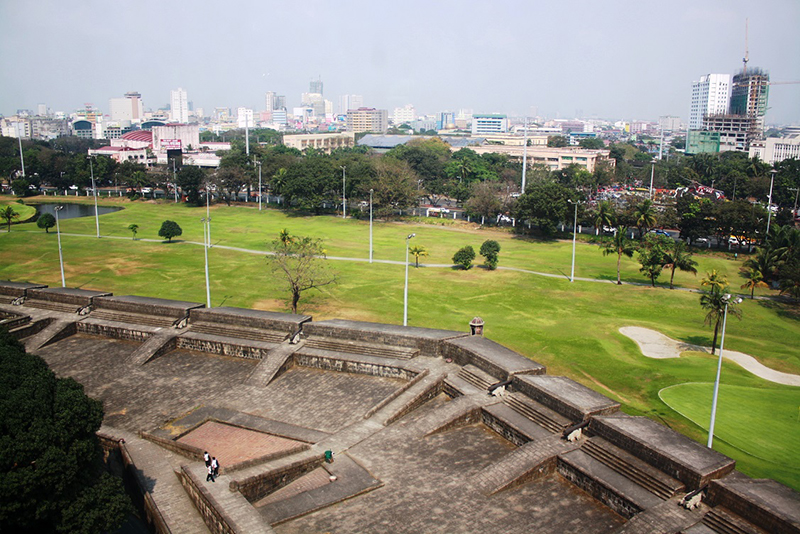
It’s hot, it’s chaotic and it’ll make you come back for more.
Manila’s charm is irresistible to those who seek an urban adventure. The Philippines’ capital city offers gastronomic delights, mega malls, historical wonders, pulsating nightlife, rich culture and so much more.
Here are some of our top tips to tackle the Philippines’ concrete jungle.
The best time to visit Manila
Manila generally has two seasons: dry and rainy. The best time to visit is between November and April, when there is less precipitation and the weather is mild.
During the summer between March and May, you’ll want to hit the beaches outside of the capital. If you’re staying in Metro Manila during those times, get ready for heat and the legendary humidity.
The rainy (or worse, monsoon) season usually starts around June and lasts until October. However, rains could begin as early as May and go on until around December. This off-peak season usually means great deals on hotels and airfare.
What to pack for a trip to Manila
Whether you’re coming to Manila during the summer or the rainy season, it still gets quite hot, even at night. Light clothing is best for a day exploring the city and its neighboring towns. A lightweight shirt and a pair of shorts will serve you well, unless you plan on going to a fine-dining restaurant, of course.
A comfortable pair of shoes or sandals is also ideal, especially if you plan on going on a tour or taking public transportation.
If you’re visiting during the rainy season, be prepared for sudden showers with a light windbreaker, waterproof jacket or an umbrella.
Pro tip: Be sure to bring a packet of tissues, wet wipes or a handkerchief. You’re going to be sweating a lot if you plan to explore Metro Manila on foot.

The best way to get around Manila
For your own sanity, don’t rent a car if you’re staying in the capital. Manila’s traffic is notorious and ranks among the worst in Asia (if not the world), so driving can be extremely challenging.
We suggest arranging for a chauffeured car to take you from the airport to your hotel — most properties offer this service when you reserve a stay.
It’s also highly encouraged to download the Grab ride-sharing app on your smartphone before arrival so you can conveniently book rides around town. If you want to make sure you’re on the right track, download Waze on your phone, too.
If you’re on the more adventurous side and you’d like to experience Manila’s often chaotic public transportation, make sure you have loose change, some cash and a lot of patience.
Currency in Manila
You need Philippine pesos to transact any business within Metro Manila, but don’t worry, currency exchange stations easily can be found around town, including malls, banks and street-side stores.
While establishments are making changes to accommodate electronic payments, it is always a good idea to keep some cash handy, especially when buying small items at convenience stores or paying for your jeepney (a small, colorful bus popular in the Philippines) or bus fare.
Tipping etiquette in Manila
In the Philippines, tipping is usually based on how satisfied you are with the service you received. While not mandatory, it is a good idea to tip your server (or barber, bellboy, etc.) since most only earn minimum wage and your gratuity could go a long way.

Safety in Manila
As with any city, there are always risks while traveling in Manila. Basic safety tips like staying aware of your surroundings and keeping your valuables close to you are always advised.
Most of the time, you’ll see police officers, traffic constables and local village authorities on the streets. Security personnel and sometimes trained dogs are present at most buildings, so security checks are common upon entering.
Languages spoken in Manila
Most tourists visiting Manila are pleasantly surprised that English is so commonly spoken. Though it may not be perfect, you’ll be able to converse with most locals without issue.
Filipinos are generally a hospitable, happy and easygoing people, so do your best to return the favor by using a few common Filipino phrases, like salamat (“thank you”), magandang araw/gabi” (“good morning/night”) and kumusta? (“how are you?”).
